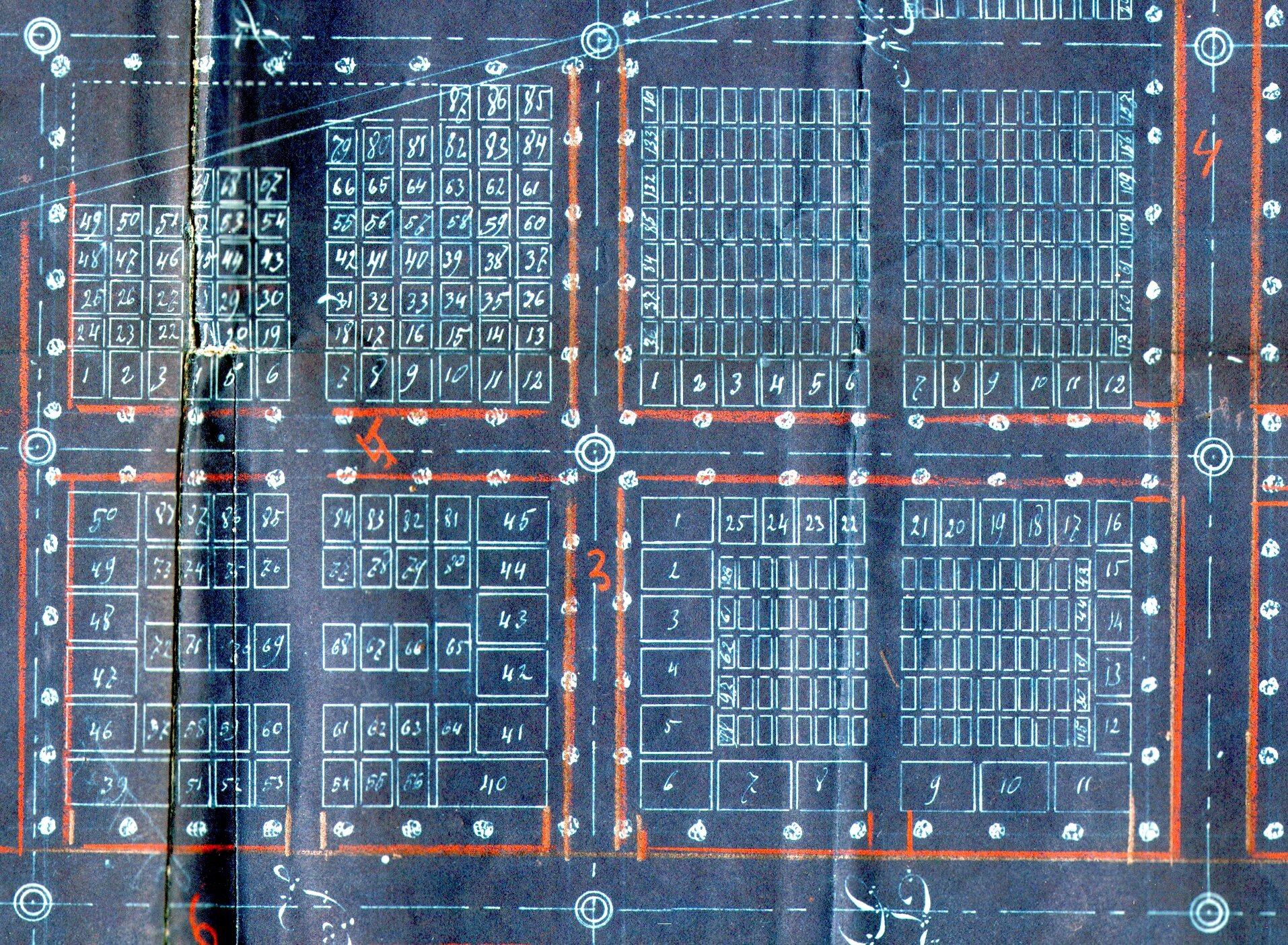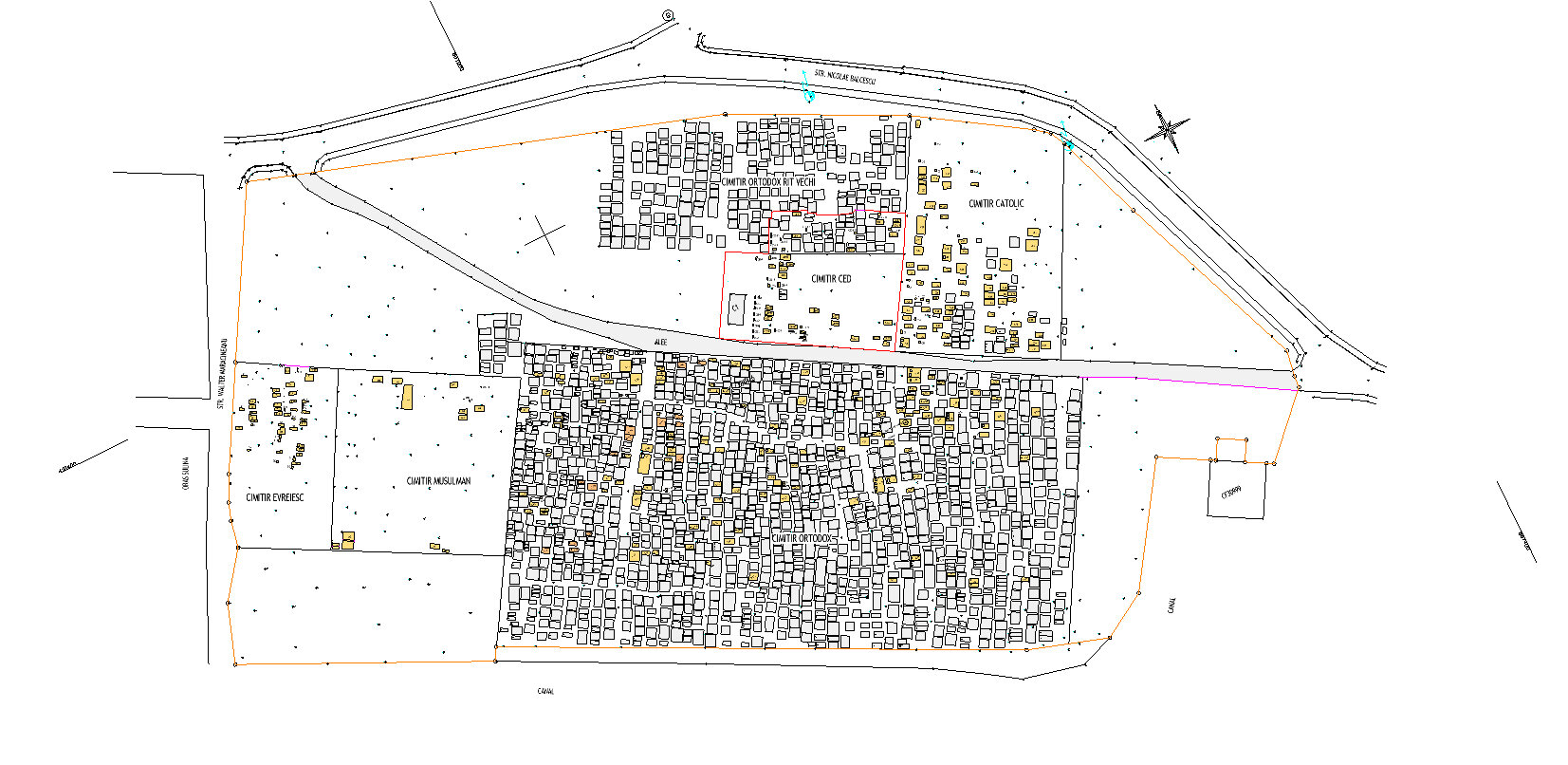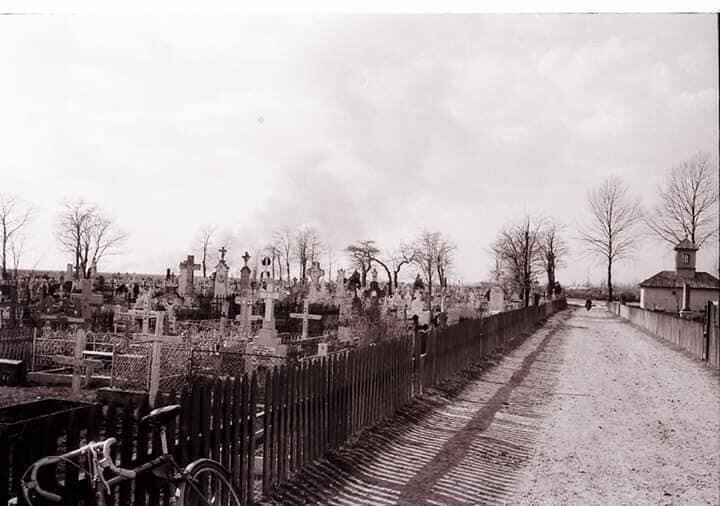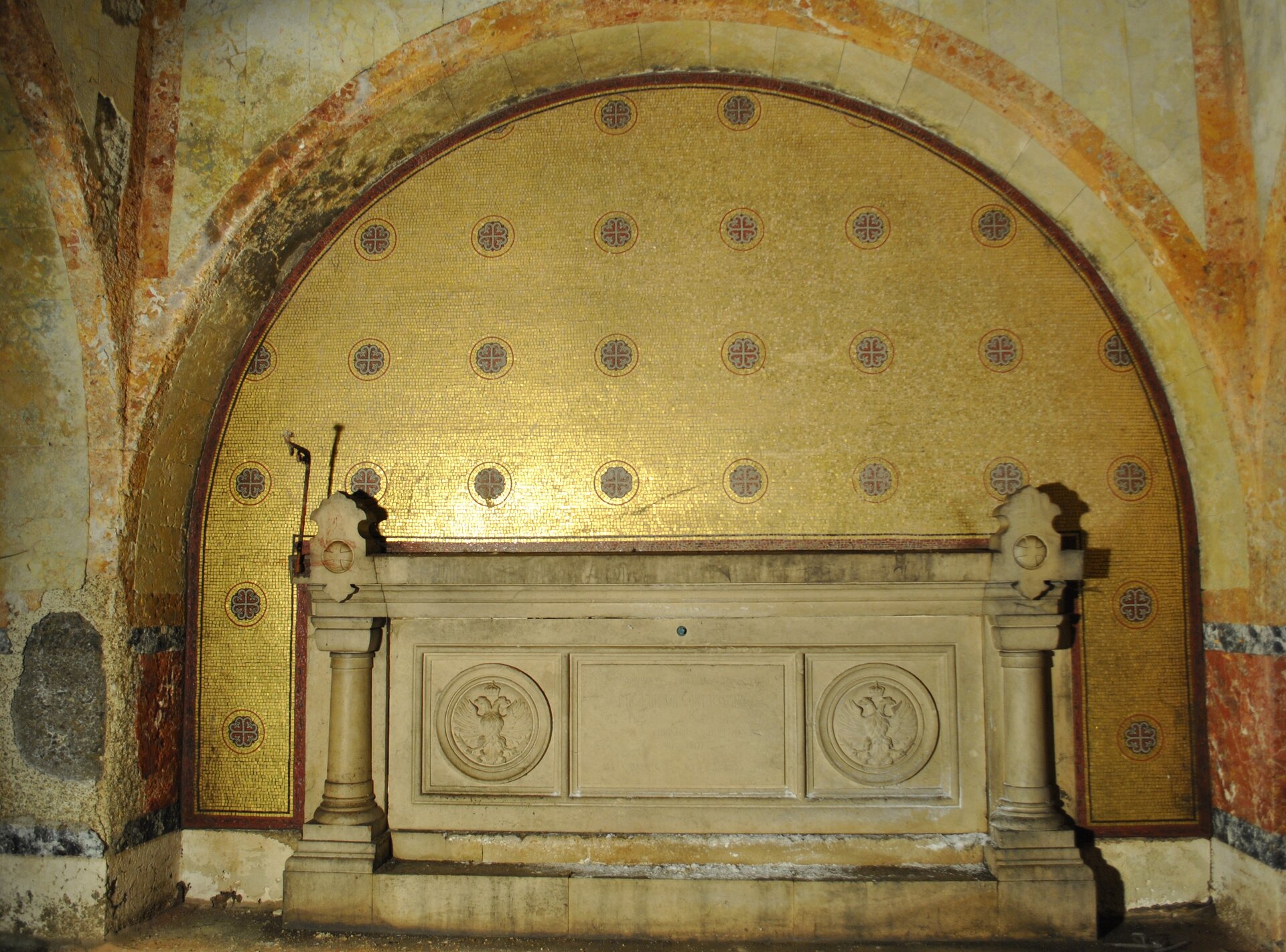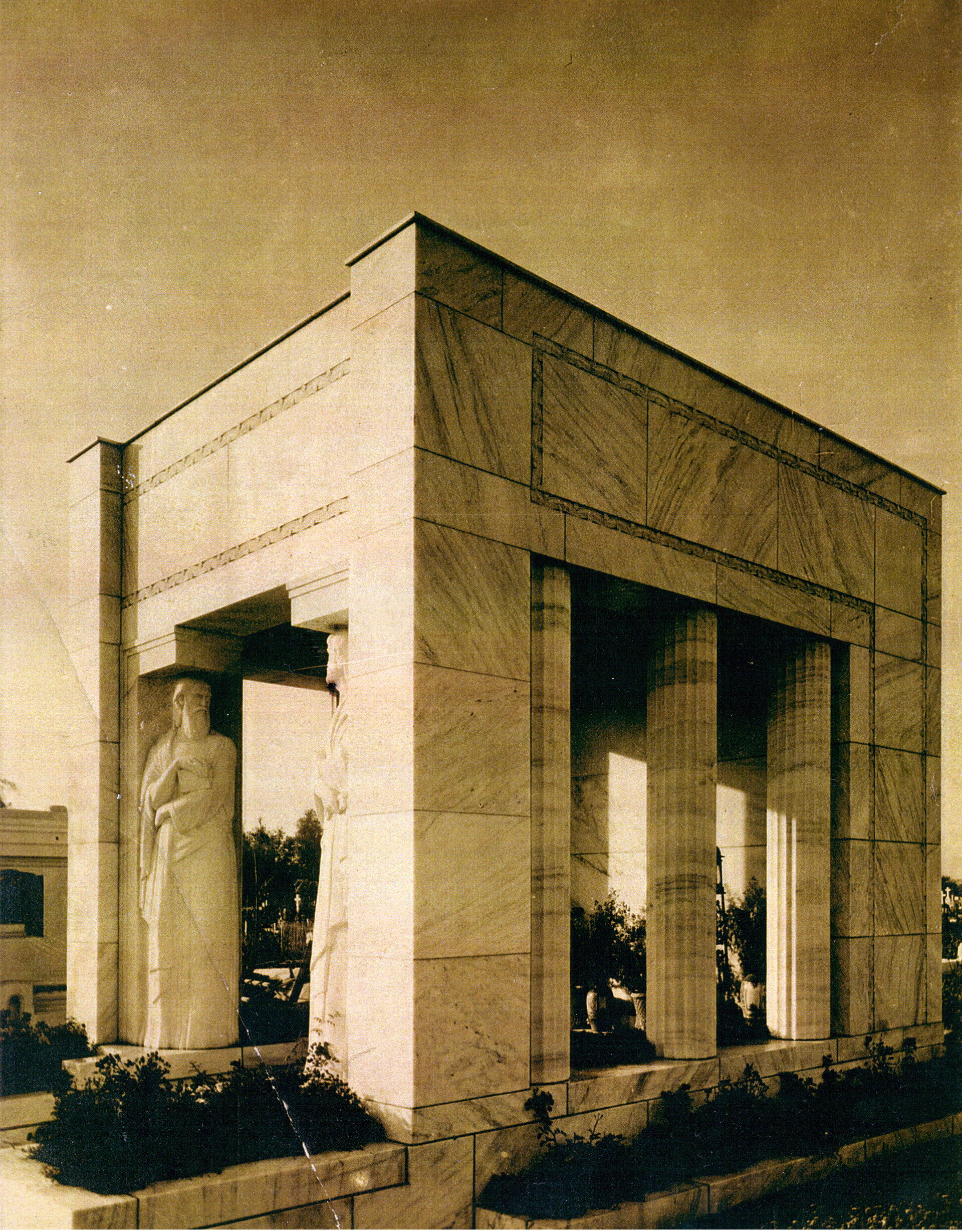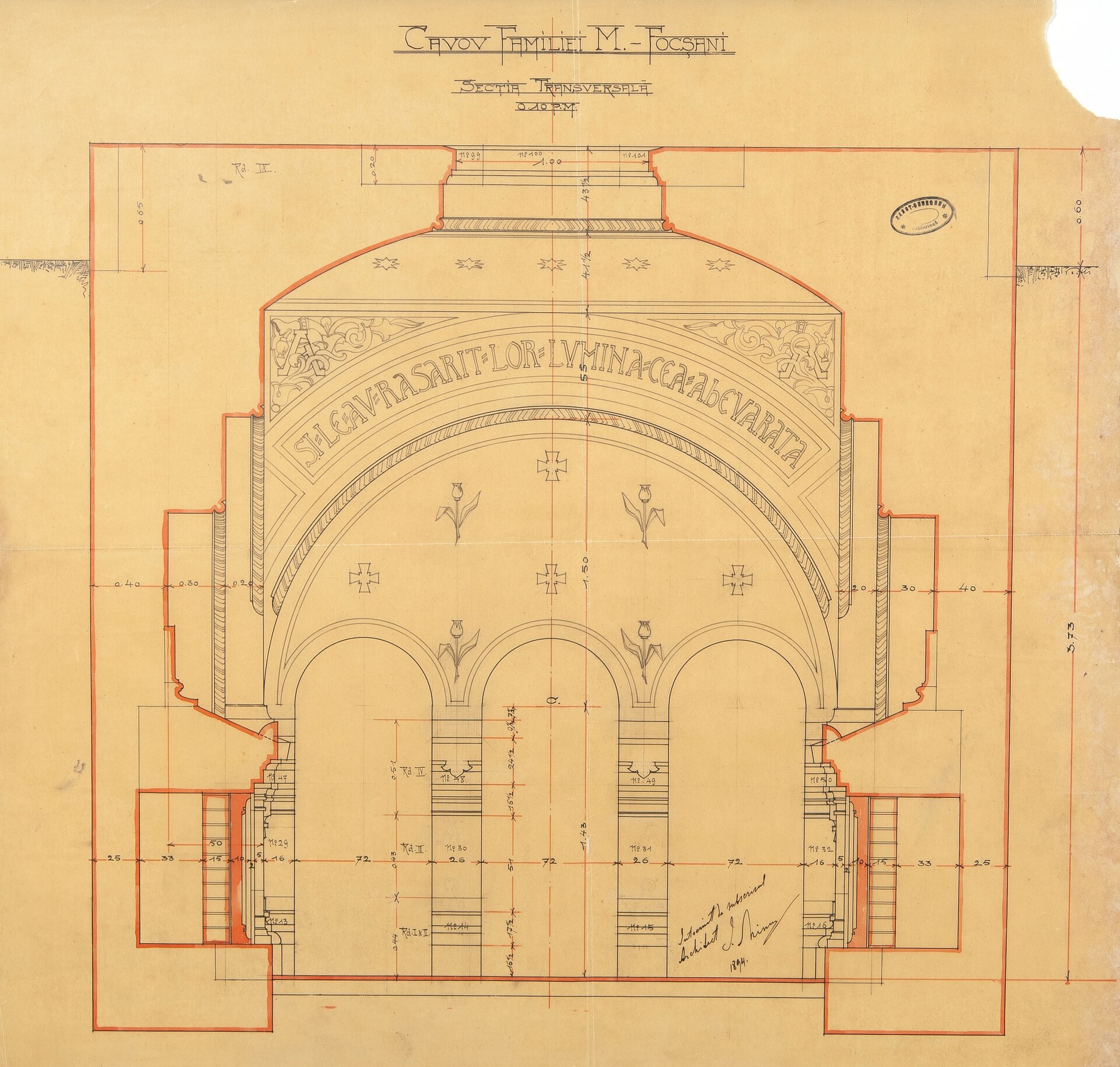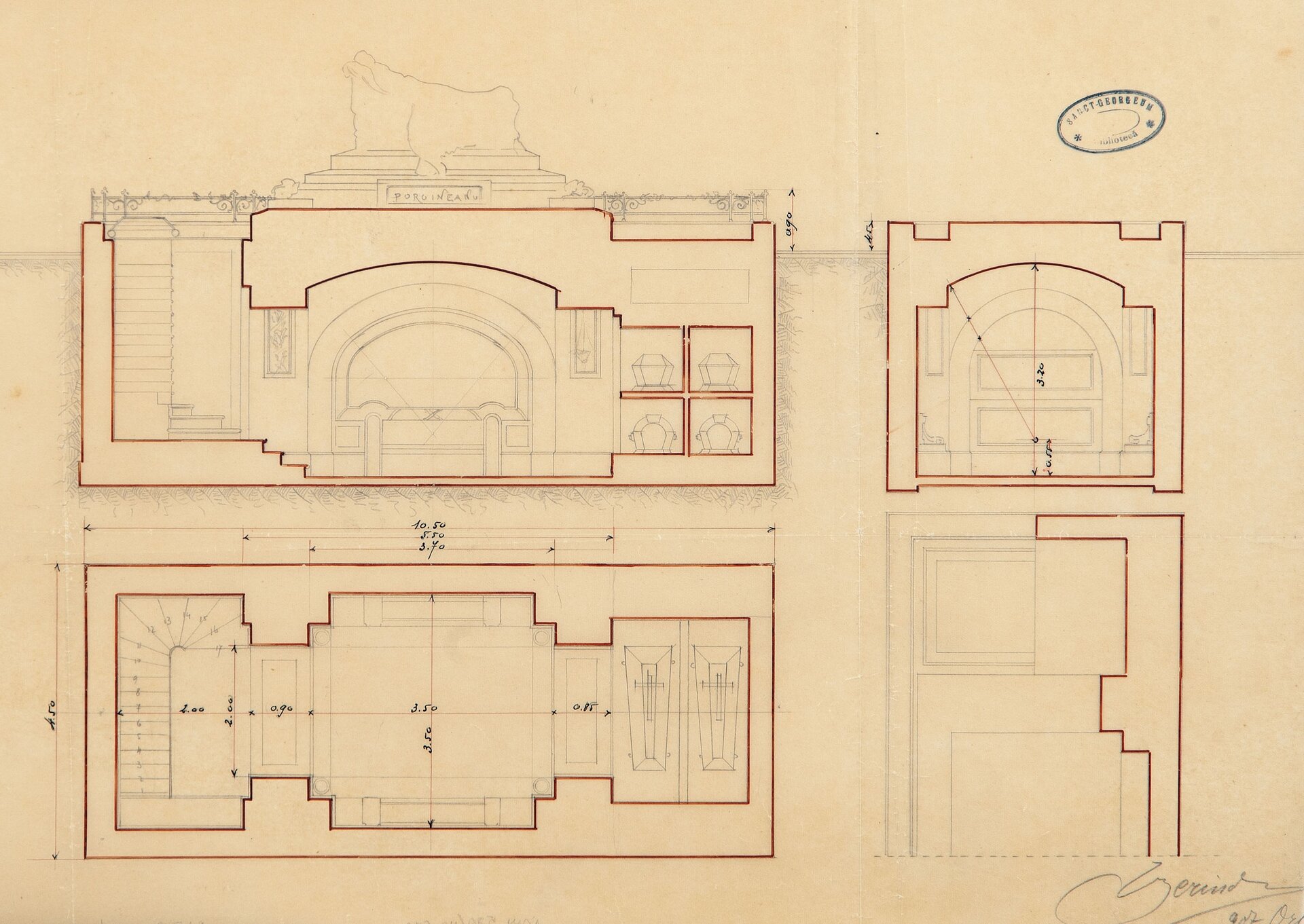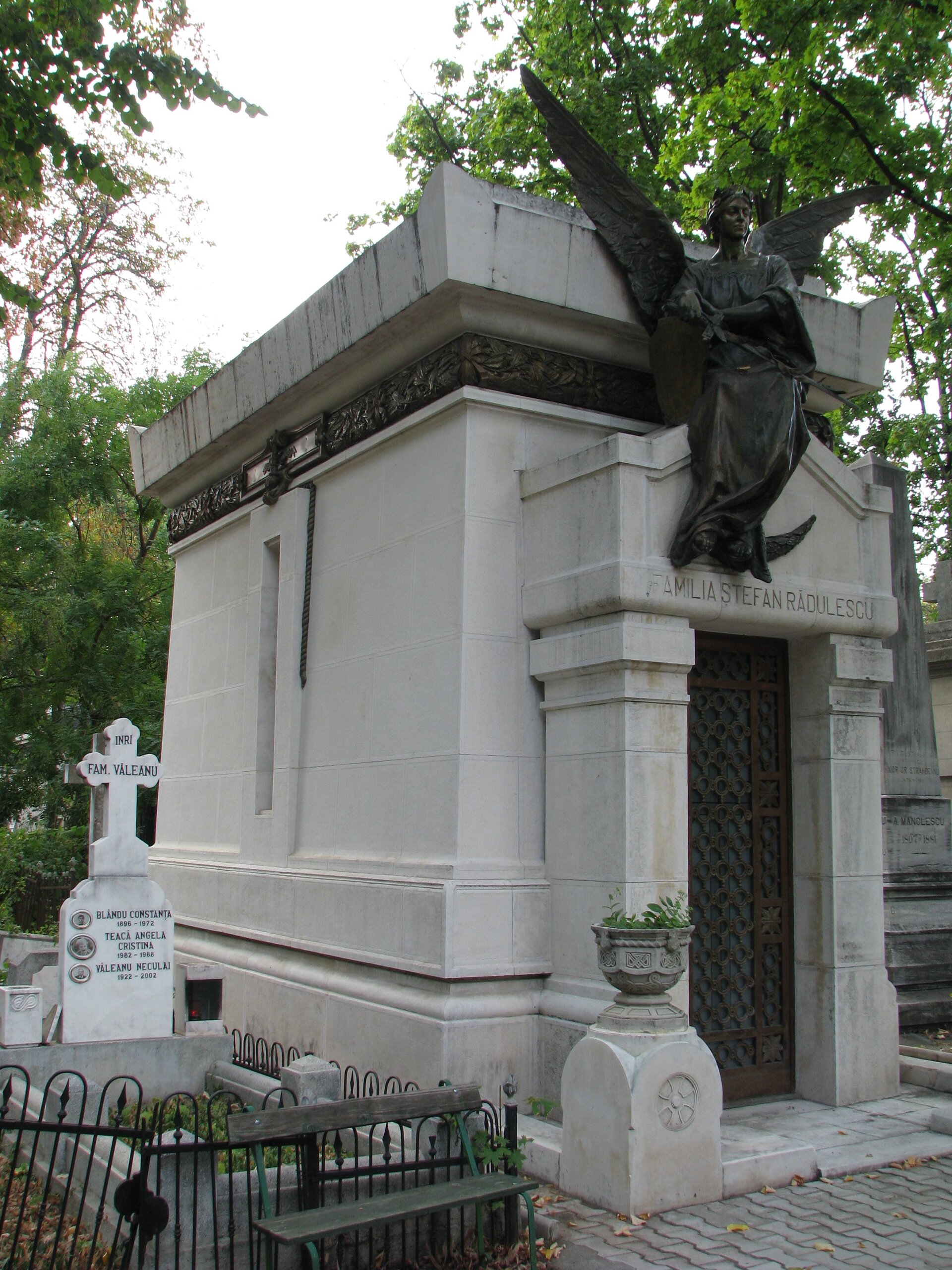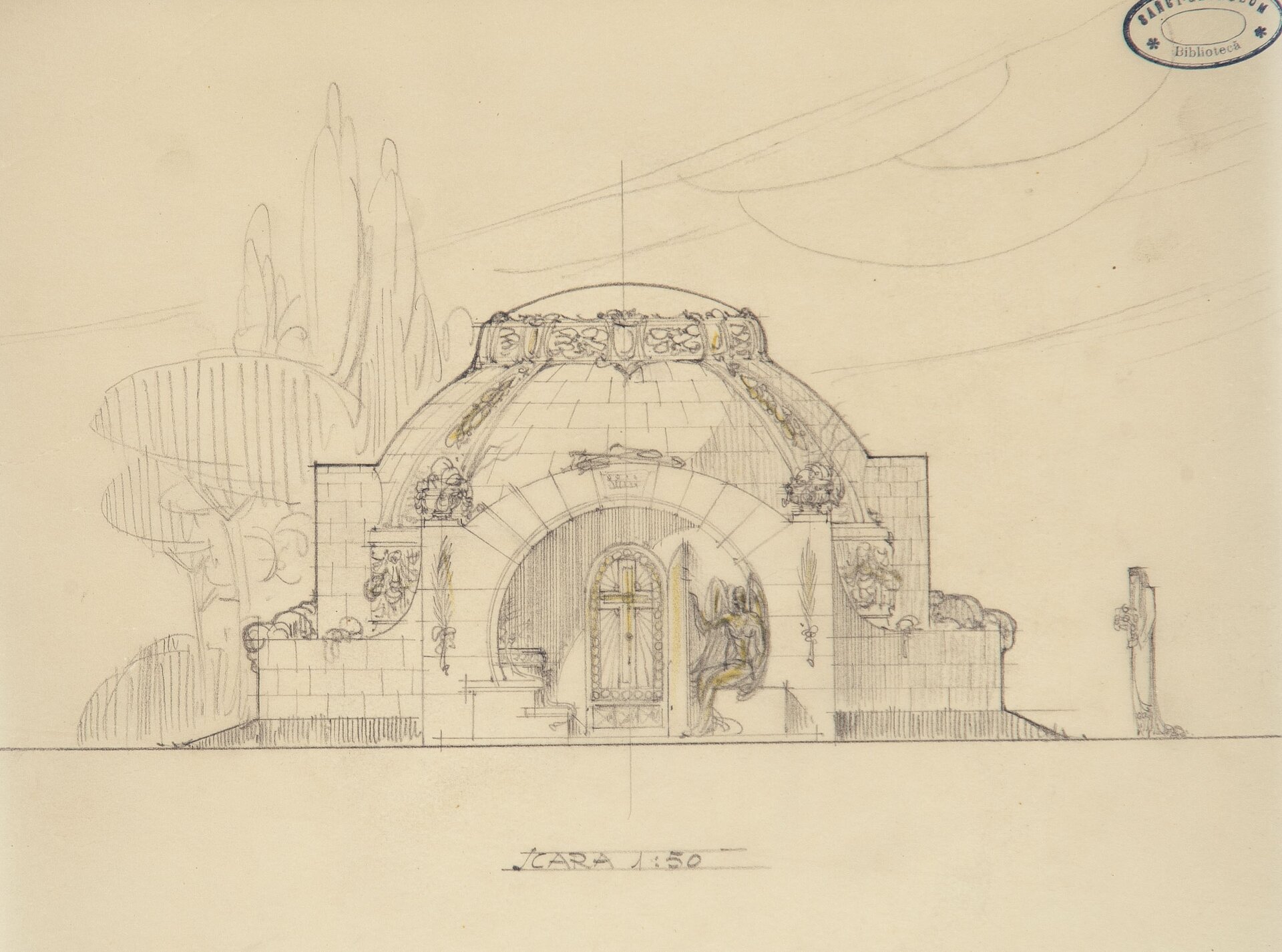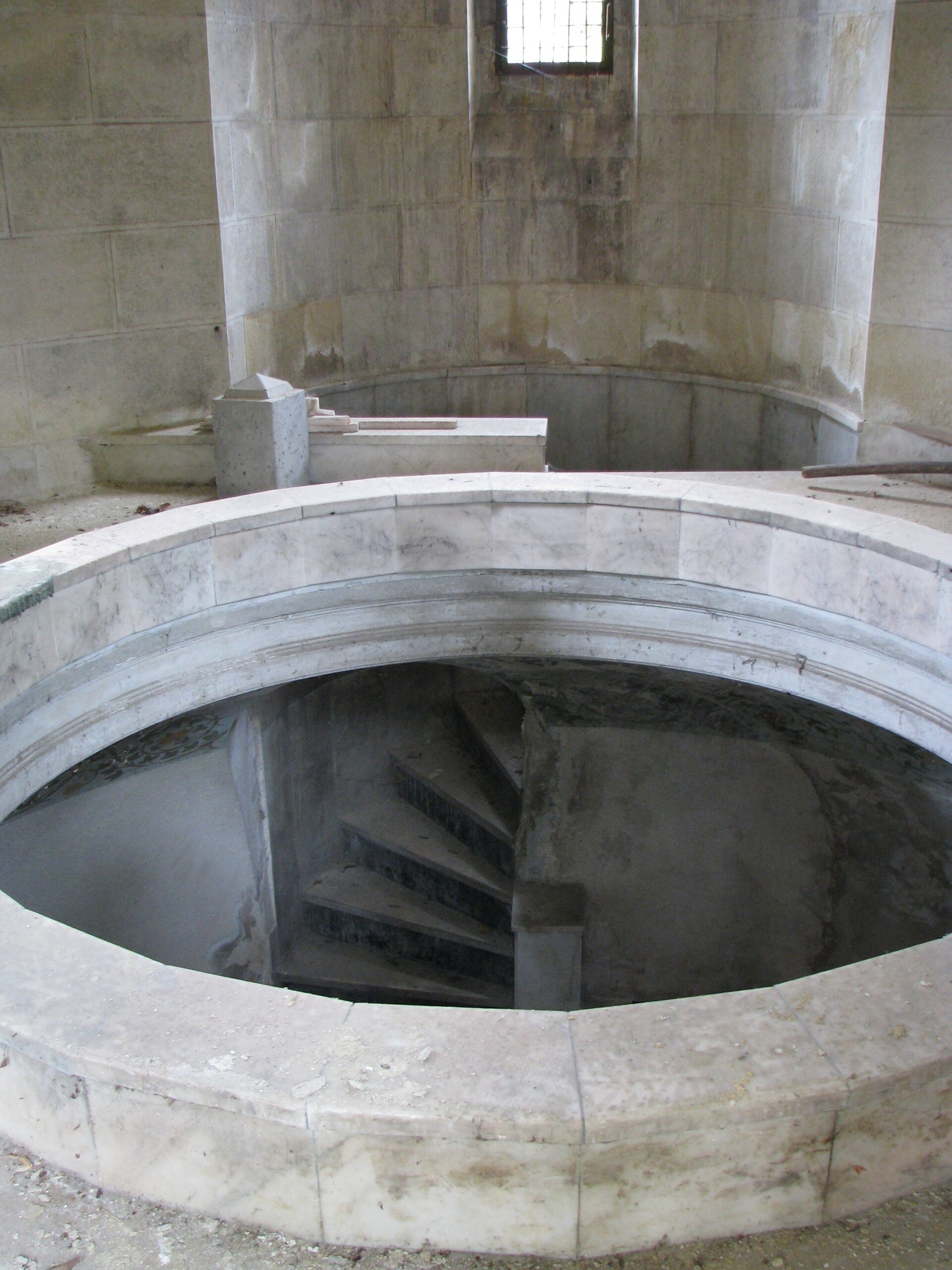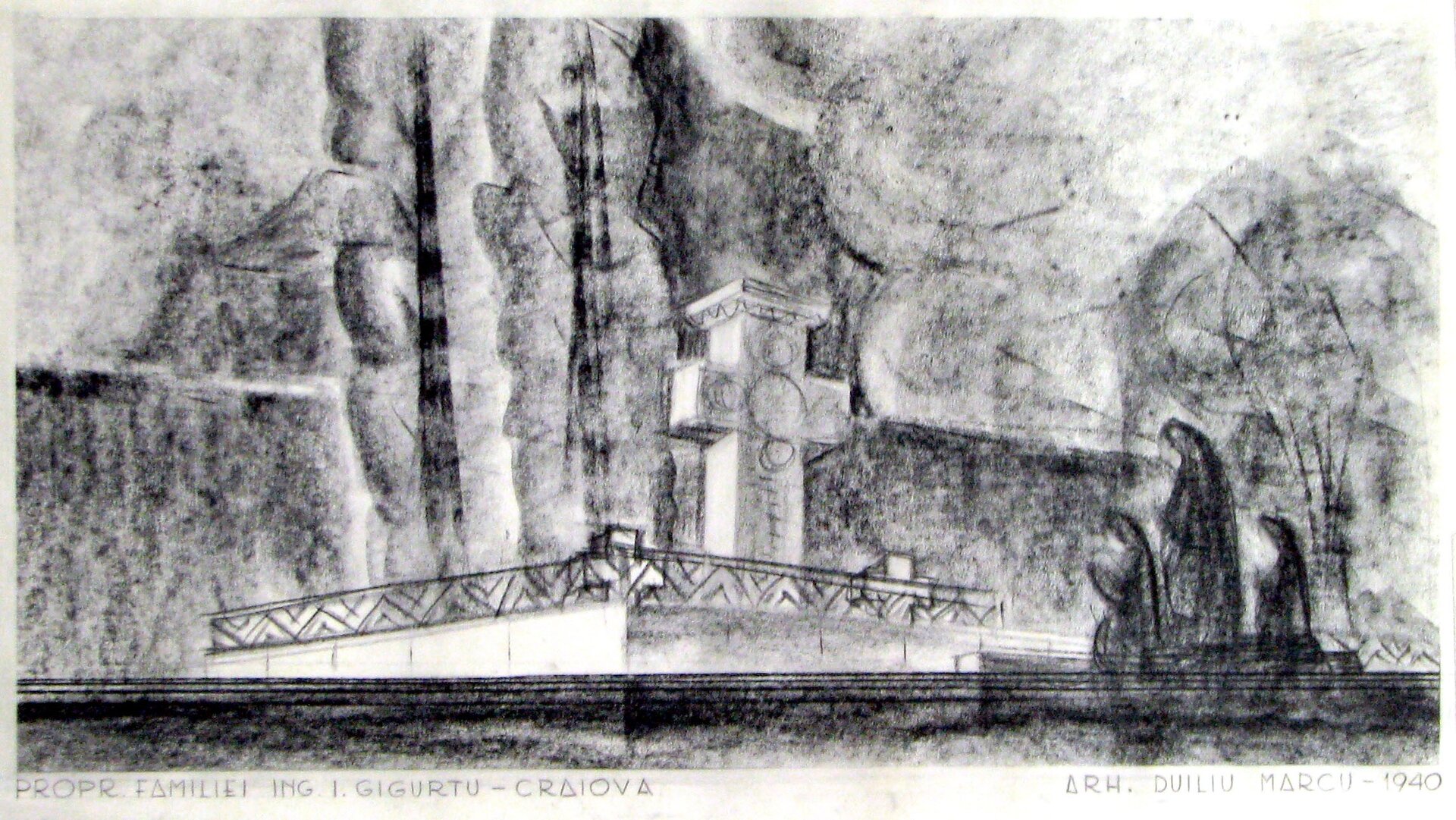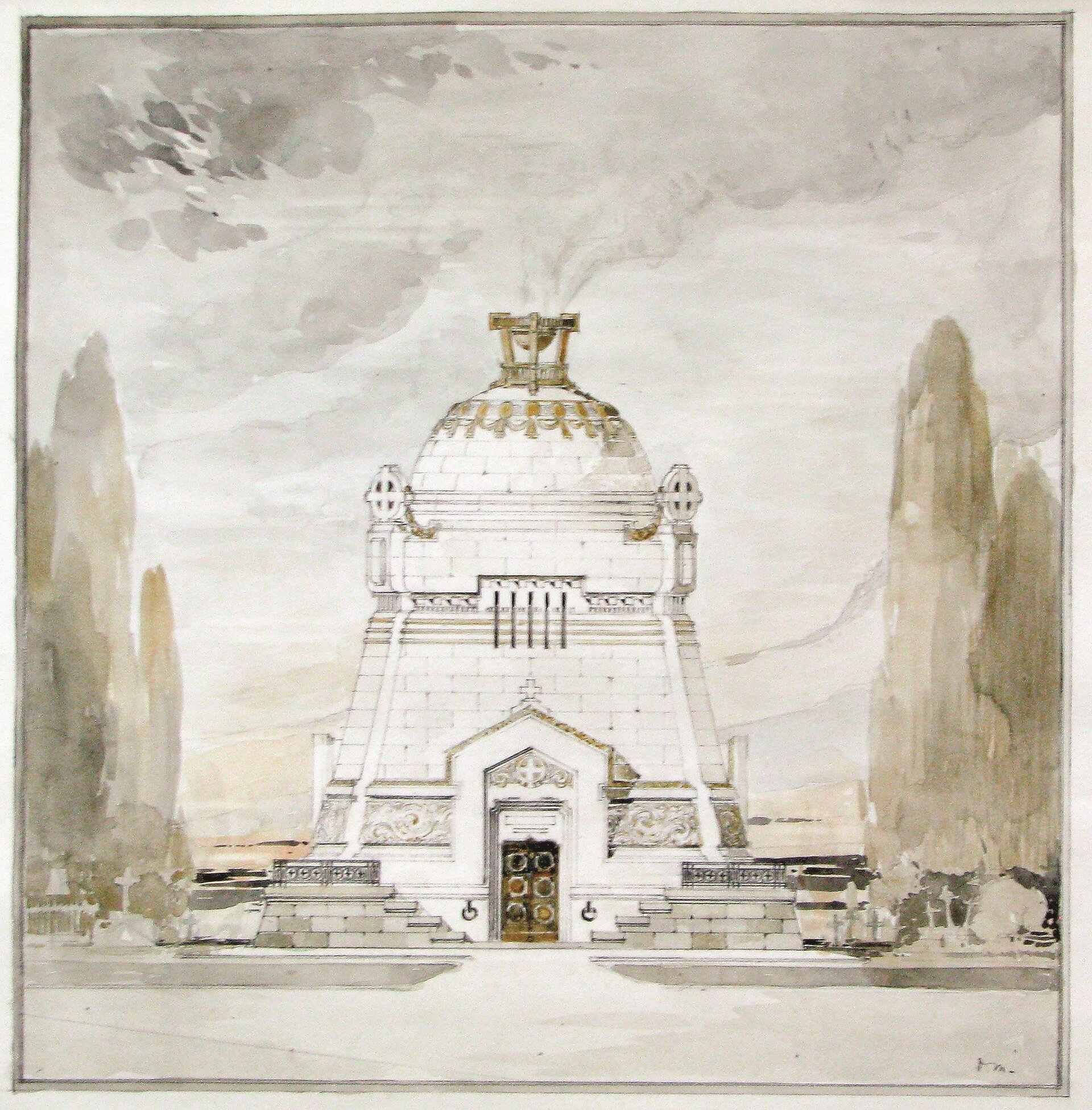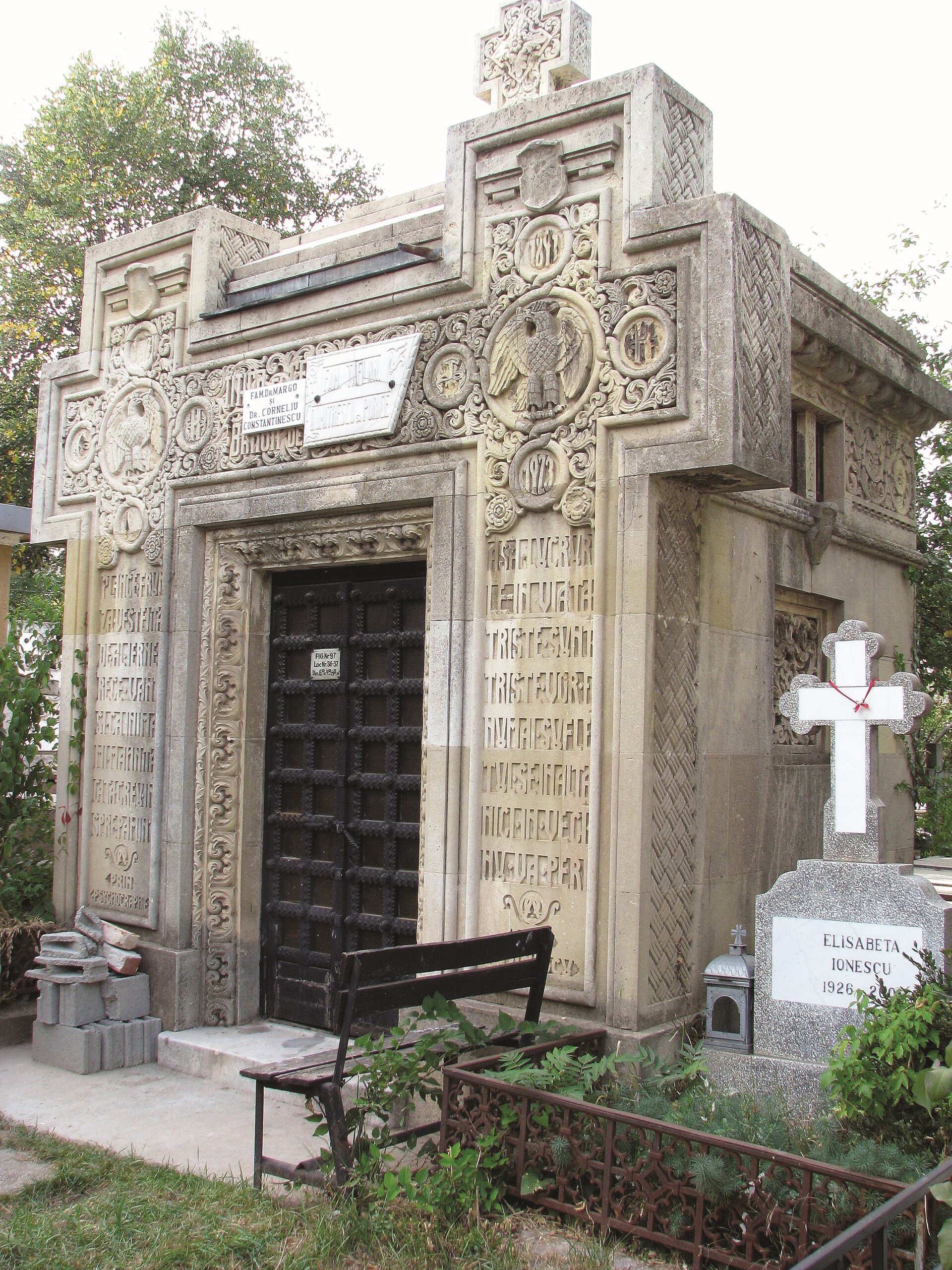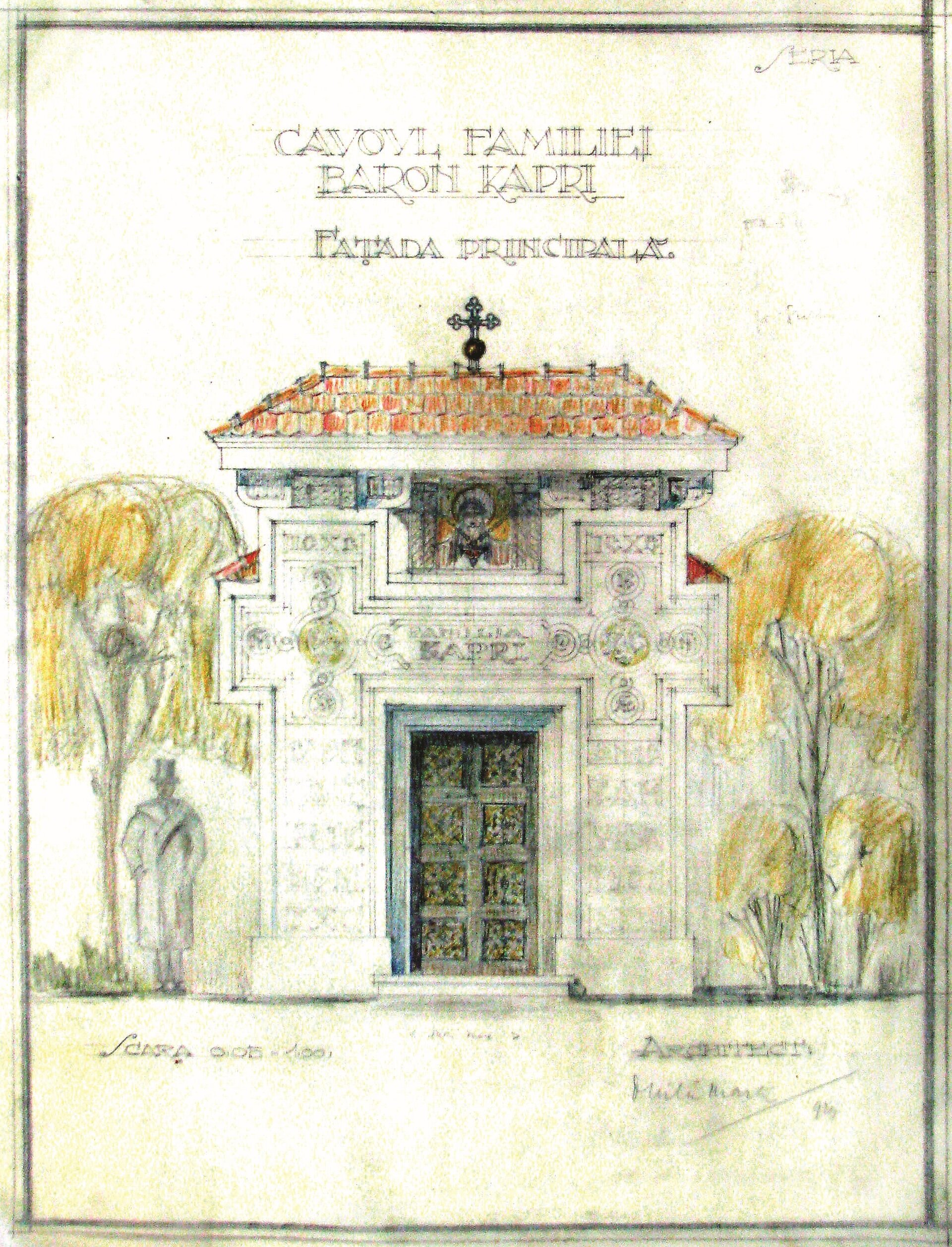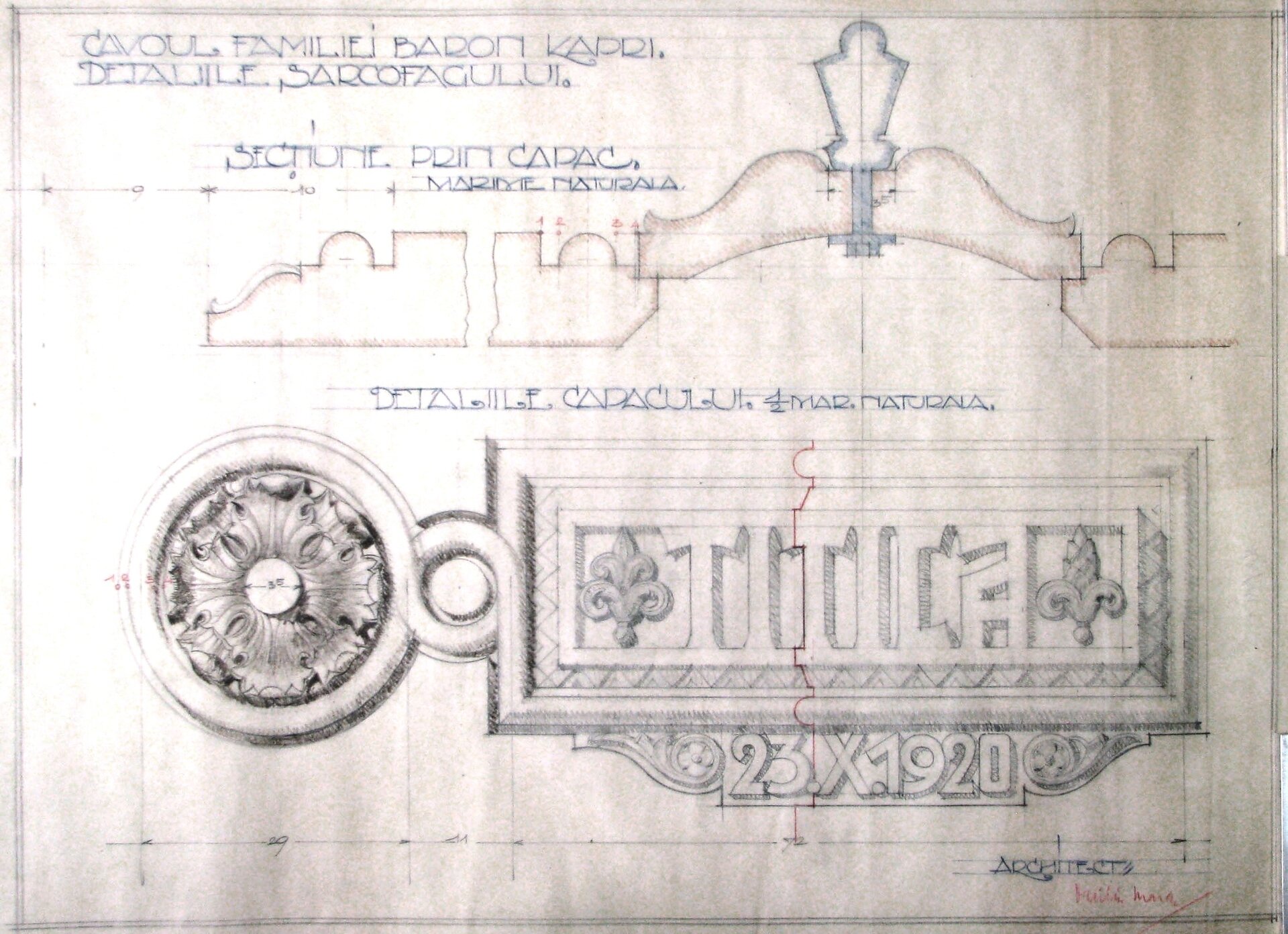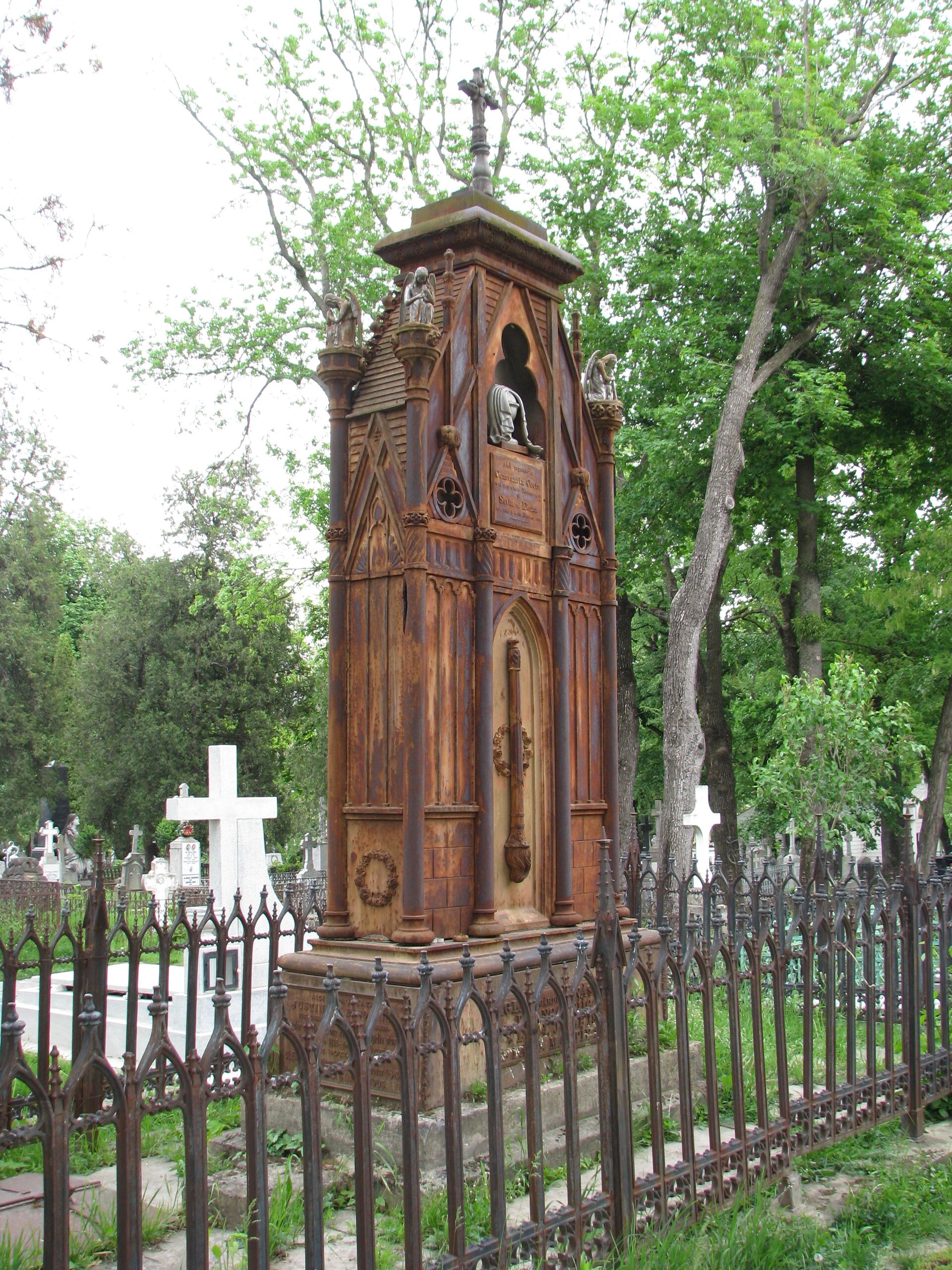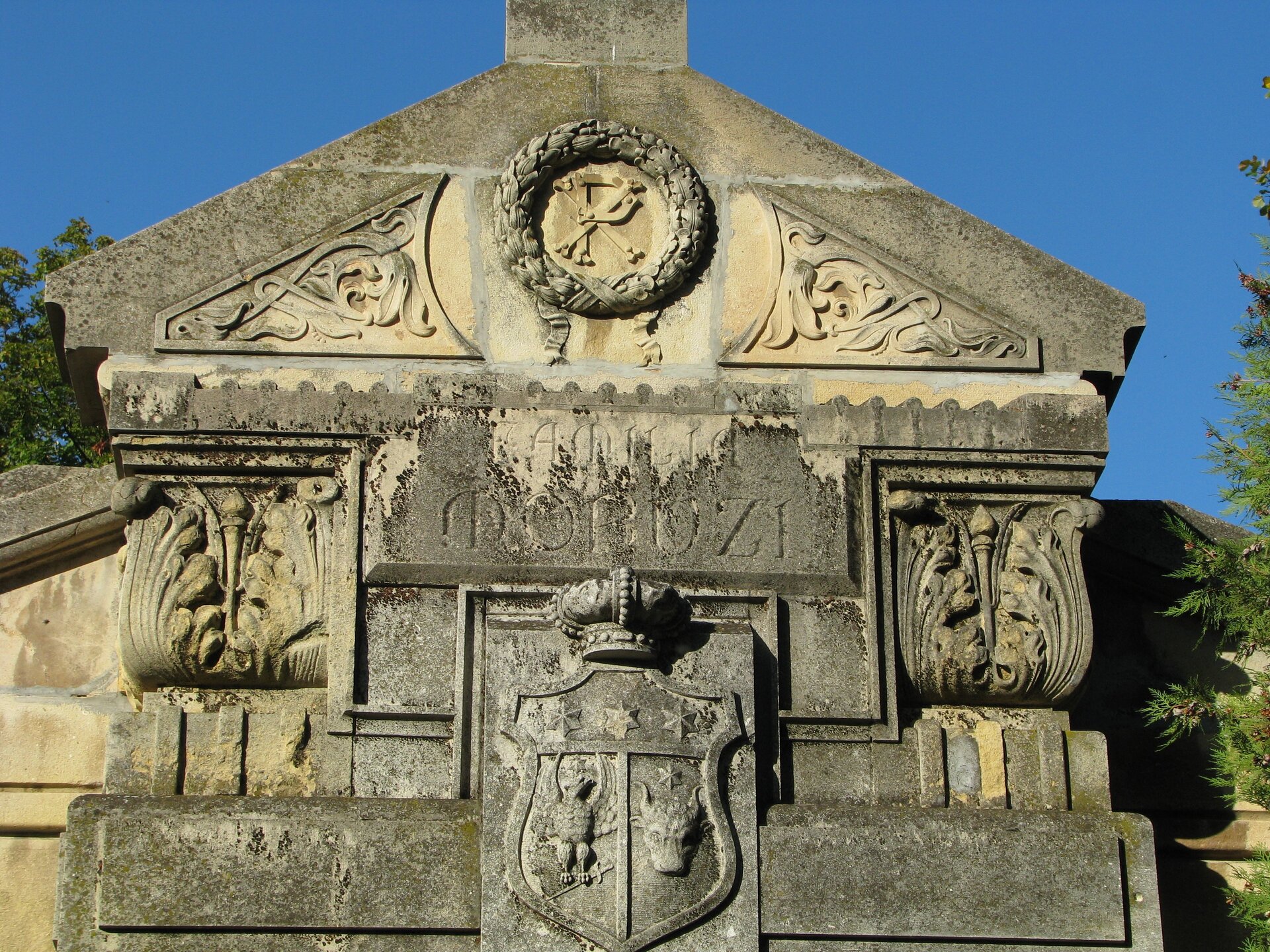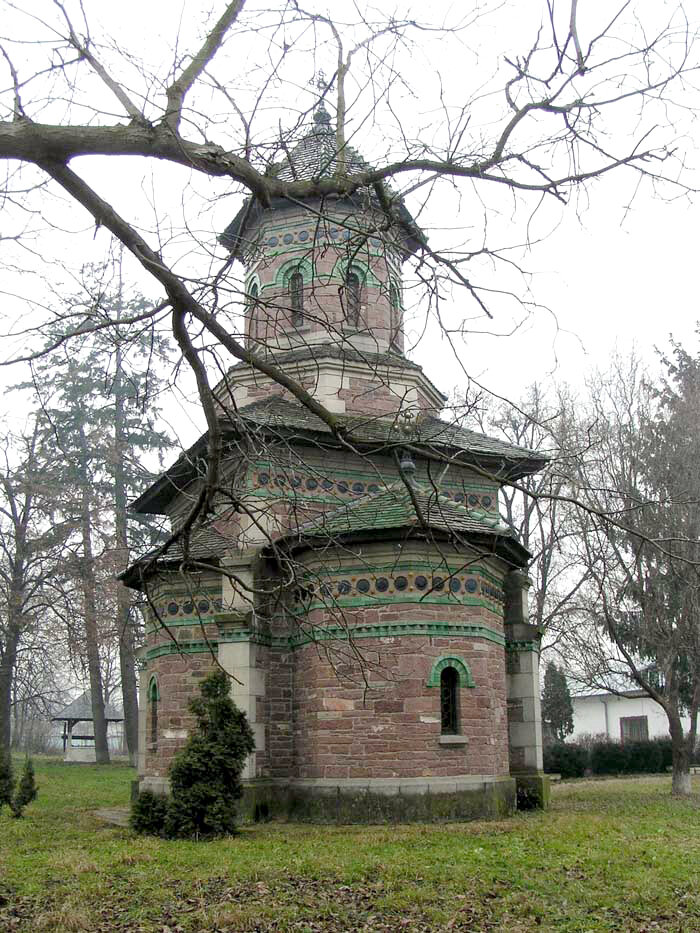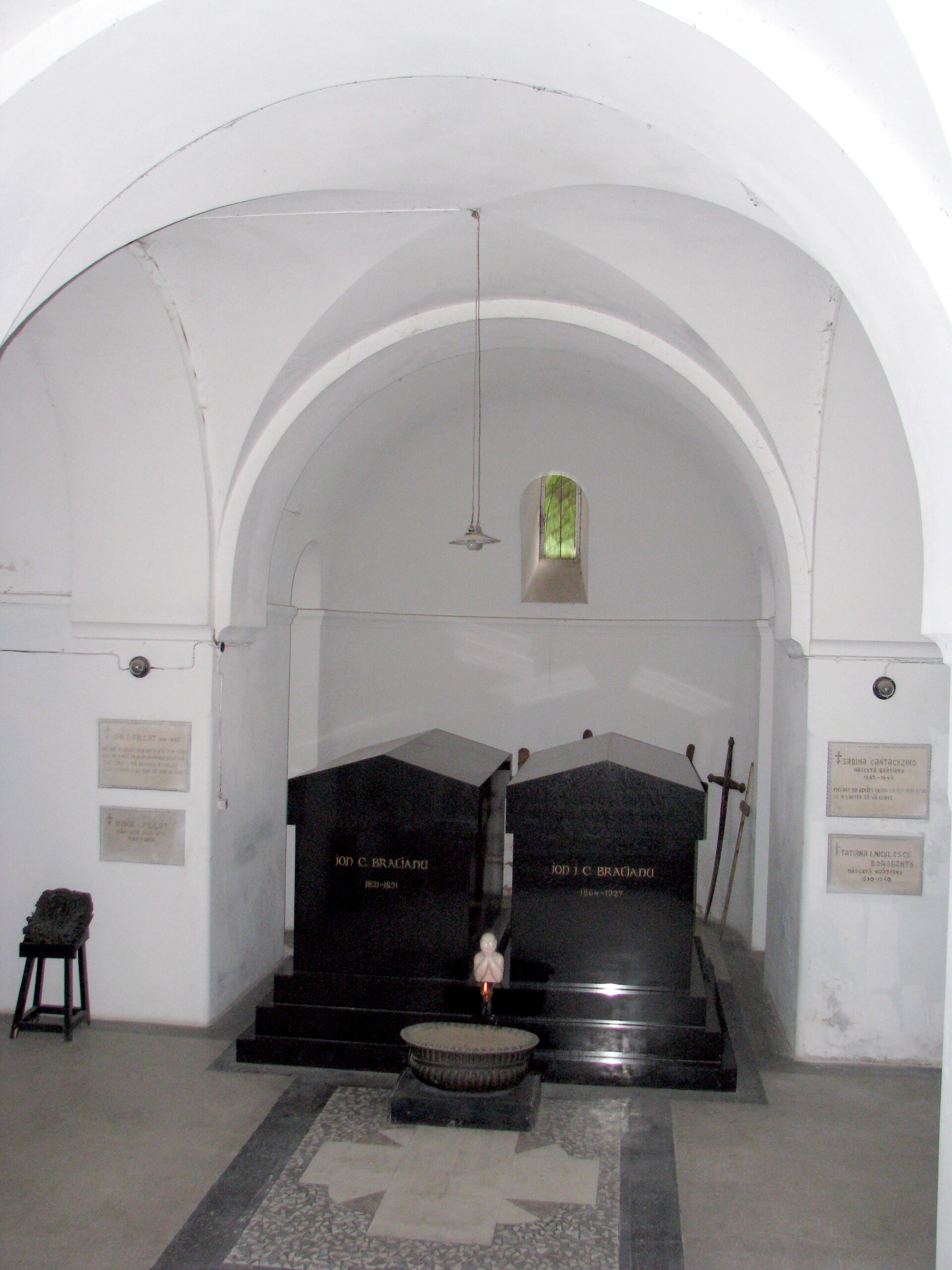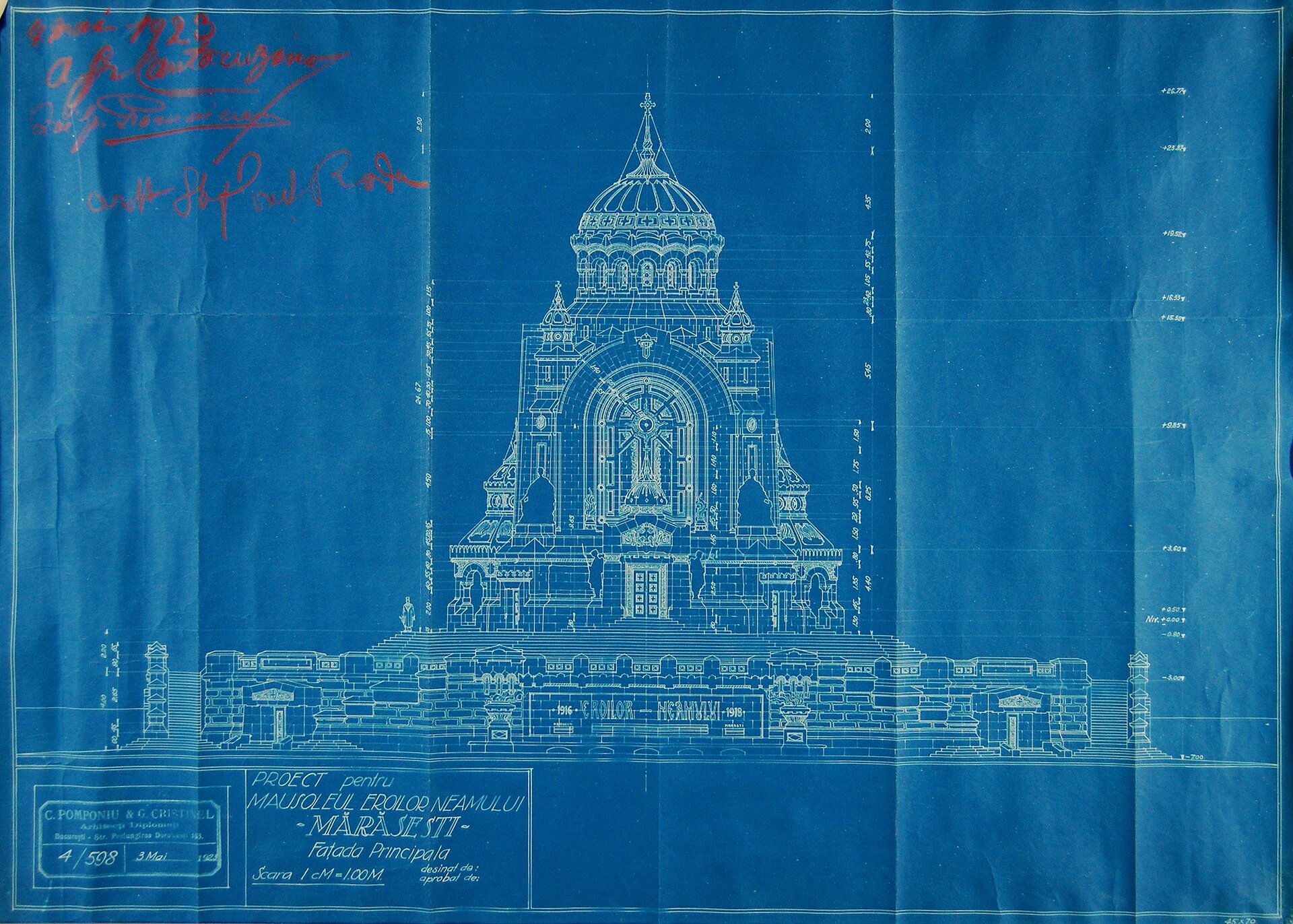
- Nomination for the “Research through Architecture / Architecture Books” section
Eternal Architecture in Romania. Cemeteries, mausolea, funerary buildings in extra-Carpathian territory (1830-1939)
Authors’ Comment
”... we sincerely hope that this subject, and also other improvements which we have suggested, will be duly considered by the directors of cemeteries, as well as by Mr. Mackinnon in his new bill before parliament.”
The attempt to plead for the beauty and importance of Romanian funerary architecture, but above all the hope of recovering these values, found an echo in the lines of professor Vintilă Mihăilescuțs essay ”Death is lived more beautifully among Romanians!”. He reproduces some ideas of the British journalist Alison Mutler, Associated Press correspondent in Bucharest, who had this exaltation after attending the funeral of Ion Rațiu and declared that Romanians are good at death. They live it fully. As a result of what he read, professor Mihăilescu also remembers the words he heard from a peasant woman from Bulgaria talking about Saint Paraschiva. She declares that ”the saints are born here (in Bulgaria n.a.), but they come to die there, in Romania. From this point up to honor the place chosen for eternal rest should be a simple and easy step to take.
From the general structure of the volume, it is quite easy to read the intentions with which I set out on this research, and in the course of the text, partial conclusions were drawn about certain issues touched upon.
The precarious level of knowledge of this delicate subject has been imposed since the period of studies, not being included in the school curriculum, not even in the university.
I consider completed only the stage of decoding the multiple valences of this type of heritage. With a few exceptions listed at the right moment, even the conditions imposed for making the constructions guarantee the premises for the creation of lasting, quality and artistic edifices, and the assemblies themselves worth recognition of their cultural value. The impact at the urban level at the time of their creation must now be supported by methods of integration in the space that has become central to the city and doubled by protective measures, including by recognizing a coherent legislative model which paid off. The permanent lack of burial places in large urban expansions facilitates overpopulation and overcrowding of existing funerary assemblies. At the opposite site, the disappearance of some communities and cults at the local level leads to the abandonment of other ensembles. Either situation is undesirable and causes irreversible damages. The place of the cemetery in the community is well defined by direct connections at the level of each individual in society, but the importance of this place deserves to be reviewed from time to time and adjusted to its true value.
Similarly, referring to the chapels with crypts or the mausolea for the heroes, we are witness to the disappearance of an architectural program, therefore it is desirable that the objectives preserved to our time should be able to know them and hand them on in good condition to future generations. Far from the naive idea of the perpetuity of the object, an exercise in eternal architecture would not be entirely inappropriate, especially when the the predecessors created with this belief.
In the same direction, to complete the portfolios of the great masters by recovering information about their funerary architecture projects it is a duty of honor for the entire guild.
- People at work in their homes
- Diploma Box
- Courtyards of Bucharest. The hidden potential of urban morphology
- Alfred Popper, 1874-1946: the (re)discovery of an architect
- Eternal Architecture in Romania. Cemeteries, mausolea, funerary buildings in extra-Carpathian territory (1830-1939)
- Heritage, Landscape and Restoration of Historical Gardens
- Architect Ion Căpșuneanu. Achievements and sufferings
- Toma Stelian House: a historical perspective
- Isolation in a series of liminal states
- Best practice guide: Băile Govora case
